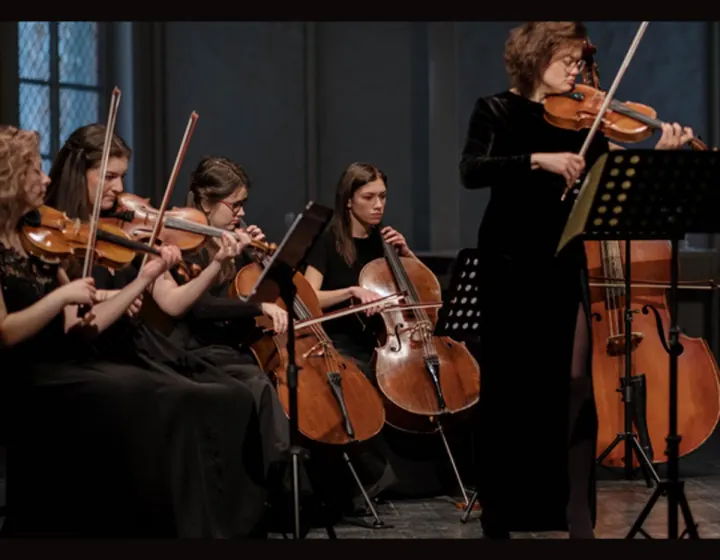From Humble Beginnings to Supreme Perfection: The Evolution of the Violin
The violin has a long history and is part of the string instrument family, which has many variants in different cultures. Here are a few examples of musical instruments that are considered predecessors or related instruments to the violin from other cultures:

In Europe:
- The lira da braccio, a bowed string instrument played in Italy during the Renaissance period, is considered one of the direct predecessors of the violin.
In the Middle East:
- The rebab, a bowed string instrument from the Islamic world, is considered a predecessor of the violin.
- The kemenche, a bowed string instrument from the Ottoman Empire, is also related to the violin.
In India:
- The sarangi, a bowed string instrument used in classical Indian music, is similar in design and playing style to the violin.
- The esraj, a string instrument with a similar playing style, is also found in Indian classical music.
These are just a few examples of the many instruments that have influenced the development of the violin and are related to it in some way.
But music lovers and aficionados alike will all agree that the violin is one of the most versatile and beautiful instruments in the world. But did you know that the violin as we know it today has undergone a fascinating evolution to become the supreme instrument it is now?
Let's take a journey through history and explore the evolution of the violin.

The violin has its roots in the Renaissance era, where it was used as a folk instrument in Italy. Back then, the violin was relatively simple in design, with only three strings and a much smaller body compared to the modern-day violin. It was used primarily to accompany singing and dancing, and was a popular choice for street musicians and traveling minstrels.
However, it wasn't until the late 16th and early 17th centuries that the violin started to gain recognition as a solo instrument. It was around this time that the Italian master luthiers, such as Andrea Amati and Antonio Stradivari, started to experiment with the design of the violin, adding more strings and making the body bigger to produce a clearer and more resonant sound.
One of the most famous examples of the early evolution of the violin was the creation of the "Amati family" violins by Andrea Amati and his descendants. These violins were renowned for their beautiful sound and were sought after by the most famous musicians of the time, including King Charles IX of France, who is said to have owned several of these violins.
The violin continued to evolve over the centuries, with luthiers experimenting with different designs and materials to improve the sound and playability of the instrument. The 1700s saw the creation of the "Stradivari" violins by the famous Italian master luthier, Antonio Stradivari. Stradivari's violins are still considered to be some of the finest instruments ever made, with many of them still in use today by some of the world's best violinists.
The evolution of the violin reached its pinnacle in the late 19th and early 20th centuries, with the creation of the modern-day violin. This was a time when the sound and playability of the instrument were perfected, with the use of steel strings, fine-tuning mechanisms, and a refined body design. This design, combined with the skills of the luthiers of the time, produced the supreme instrument that we know and love today.
In conclusion, the evolution of the violin is a fascinating journey through history, from its humble beginnings as a folk instrument to its current status as a supreme masterpiece. With its beautiful sound and versatility, the violin continues to captivate audiences and inspire musicians, and its evolution is a testament to the skill and creativity of the master luthiers of the past.
